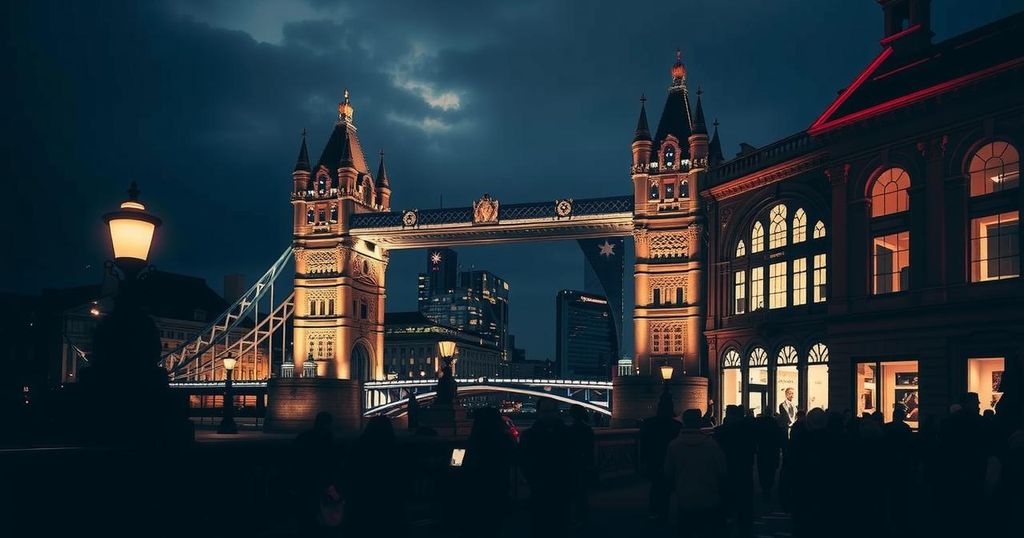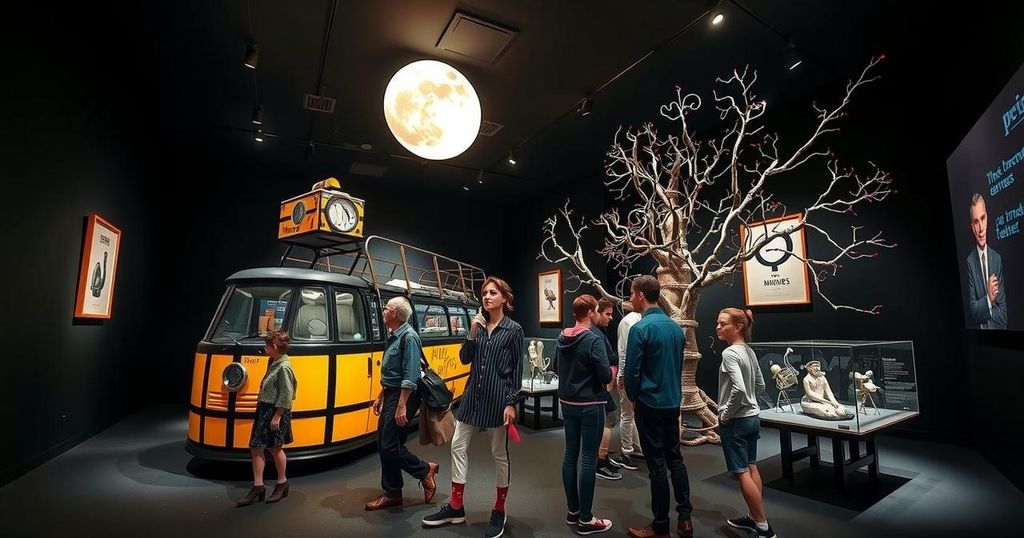London’s luxury sector thrives on affluent consumers attracted by cultural institutions, but both face risks from declining arts funding. A Walpole report shows the interdependence of luxury brands and art institutions is crucial for growth, even as global luxury sales stabilise. Gentrification and other challenges could hinder creativity, highlighting the importance of ongoing arts investment to maintain London’s cultural capital.
A recent Walpole report highlights the interdependence between London’s luxury sector and its cultural institutions, such as museums and galleries. Luxury brands attract affluent customers through cultural events, while these institutions enhance their appeal through partnerships with high-end brands. However, both sectors face risks due to declining arts funding and potential stagnation in luxury sales. Despite fears of a global slowdown in luxury sales, the report remains optimistic, noting that affluent residents of London continue to maintain or increase their disposable income. Notably, attendance at cultural events significantly benefits luxury businesses, demonstrating a successful synergy between the two sectors. For example, exhibitions like Coco Chanel at the Victoria & Albert Museum draw substantial visitor numbers, which can boost luxury brand recognition and sales. However, the report warns of challenges, including potential declines in public funding for the arts and the effects of gentrification pushing artists out of London. As high-end international tourism stabilises, Walpole cautions that the UK must compete effectively to attract affluent visitors. The future of London’s status as an art capital is under scrutiny, with some voices suggesting that the contemporary art scene is losing its vibrancy, while others maintain London’s art audience remains robust. The report serves as a crucial reminder of the close relationship between culture and commerce in London, signalling that neglecting arts funding could have far-reaching consequences for both sectors.
London’s luxury sector, valued at $106 billion for the UK economy, is significantly reliant on local cultural institutions that draw in affluent consumers. This connection has traditionally been mutually beneficial; however, diminishing arts funding poses serious risks for both parties. As global luxury sales slow down, the dependence on effective audience engagement through cultural events becomes increasingly important. With ongoing challenges, such as gentrification affecting artists and decreasing public arts funding, understanding the interplay between luxury brands and cultural institutions is vital to maintaining London’s status as an art and luxury hub.
The Walpole report underscores the essential relationship between London’s luxury sector and cultural institutions, revealing that while there are challenges ahead—especially concerning arts funding—the potential for continued growth remains strong as long as both sectors support and benefit from each other. The need for collaboration has never been clearer in the face of economic uncertainties and a shifting art landscape.
Original Source: www.artnews.com






